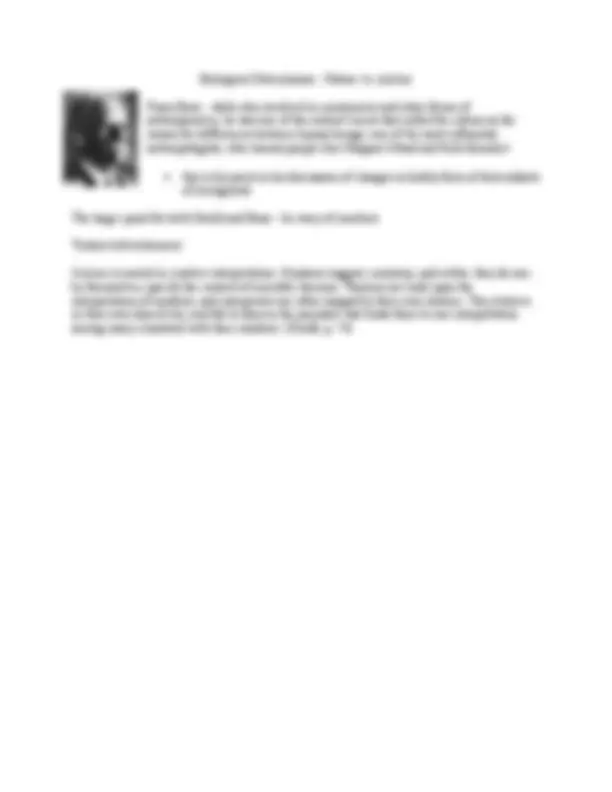



Study with the several resources on Docsity

Earn points by helping other students or get them with a premium plan


Prepare for your exams
Study with the several resources on Docsity

Earn points to download
Earn points by helping other students or get them with a premium plan
Community
Ask the community for help and clear up your study doubts
Discover the best universities in your country according to Docsity users
Free resources
Download our free guides on studying techniques, anxiety management strategies, and thesis advice from Docsity tutors
A lecture note from a spring 2004 introduction to sociocultural anthropology course at davidson college, taught by prof. Eriberto p. Lozada jr. The notes discuss the concept of race as a physiological or cultural construct, early ideas of race in anthropology, and the debate between biological determinism and cultural influences. The document also touches upon the works of franz boas and stephen jay gould.
Typology: Study notes
1 / 2

This page cannot be seen from the preview
Don't miss anything!


Spring 2004, M,W,F 8:30 — 9:20, Chambers 2084
Prof. Eriberto P. Lozada Jr. Office Hours: M, W, F 10:30 – 11:30 am Office: Carnegie 01 T, Th 10:00 – 11:15 am or by appointment Telephone: 704-894-2035 Email: erlozada@davidson.edu Web: http://www.davidson.edu/personal/erlozada
Lecture Notes, 16 February 2004
Race: Physiological or Cultural Construct?
What is race?
Early ideas of race in anthropology:
“A prognathous (forward-jutting) face, more or less black color of the skin, wooly hair and intellectual and social inferiority are often associated, while more or less white skin, straight hair and an orthognathous (straight) face are the ordinary equipment of the highest groups in the human series … A group with black skin, wooly hair, and a prognathous face has never been able to raise itself spontaneously to civilization (from Gould, p. 83-84)
Biological Determinism: Nature vs. nurture
Franz Boas: while also involved in craniometry and other forms of anthropometry, he was one of the earliest voices that called for culture as the reason for differences between human beings; one of the most influential anthropologists, who trained people like Margaret Mead and Ruth Benedict
The larger point for both Gould and Boas – be wary of numbers
Trident Advertisement
Science is rooted in creative interpretation. Numbers suggest, constrain, and refute; they do not, by themselves, specify the content of scientific theories. Theories are built upon the interpretation of numbers, and interpreters are often trapped by their own rhetoric. They believe in their own objectivity, and fail to discern the prejudice that leads them to one interpretation among many consistent with their numbers. (Gould, p. 74)